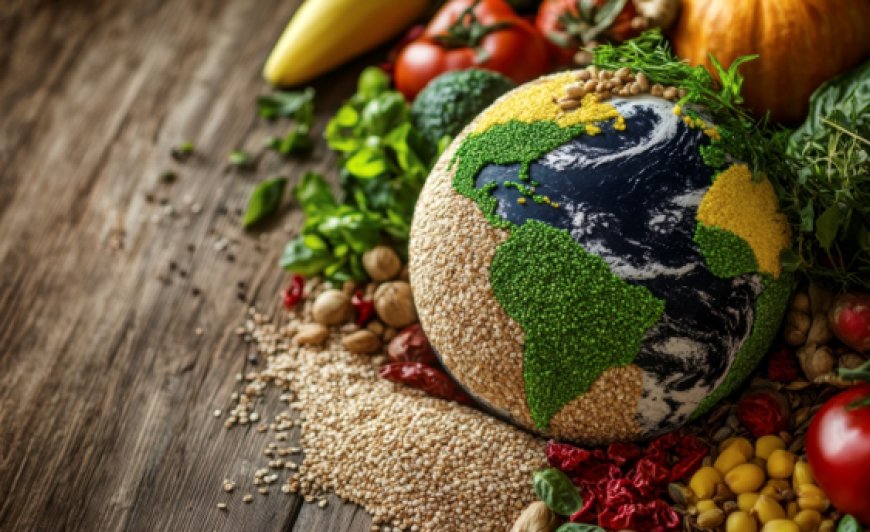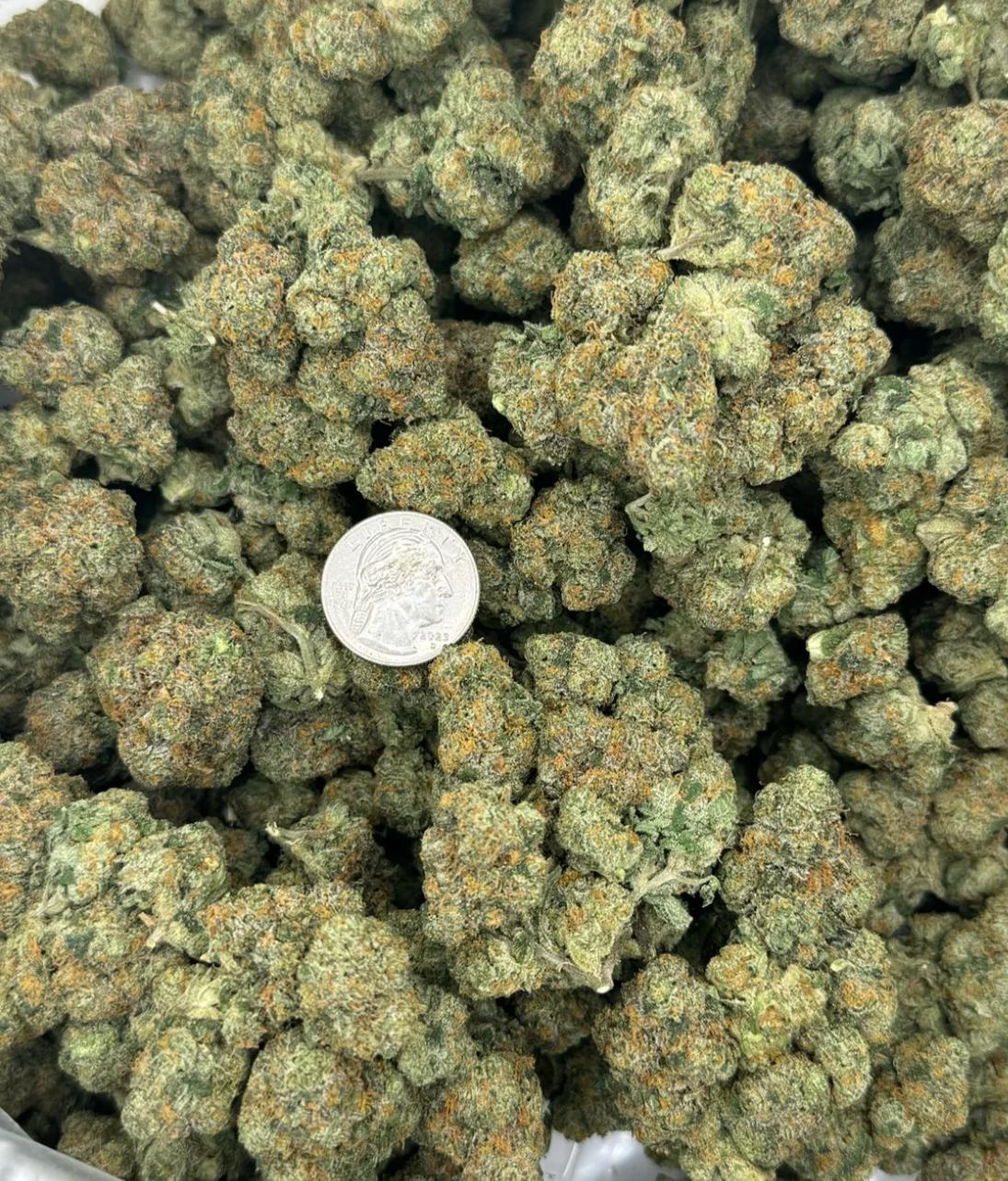ISO 22000 Certification: Why Food Retailers and Wholesalers Can’t Keep Putting It Off
Let’s paint a quick picture. It’s Friday at 6 p.m. Your store is bustling. Inventory’s moving, customers are happy, the POS system is finally behaving. Then—bam. A batch of frozen veggies gets flagged for contamination. Your phone lights up with alerts. Words like "recall," "traceability," and worse, “brand damage,” come crashing in.

Let’s paint a quick picture. It’s Friday at 6 p.m. Your store is bustling. Inventory’s moving, customers are happy, the POS system is finally behaving. Then—bam. A batch of frozen veggies gets flagged for contamination. Your phone lights up with alerts. Words like "recall," "traceability," and worse, “brand damage,” come crashing in.
Could ISO 22000 have prevented that? Honestly—probably.
So... what is ISO 22000, and why should you care?
ISO 22000 is the international standard for food safety management systems (FSMS). Think of it as a roadmap. But not one of those generic GPS apps that reroutes you three times—no, this is more like Waze, but for food safety. It's sharp, real-time, and built around helping organizations identify, control, and reduce food safety hazards along the supply chain.
For food retailers and wholesalers, it's a game-changer. It connects the dots between good intentions and consistent food safety. We're talking farm-to-shelf transparency, hazard control, documentation that doesn’t make you want to cry, and—yes—a certification that can save your reputation.
But this isn’t just about avoiding lawsuits or impressing auditors. It’s about building trust. With your suppliers, your team, and your customers.
And in the world of food, trust is everything.
Wait—don't I already have HACCP?
Great question. You probably do. Hazard Analysis and Critical Control Points (HACCP) is a solid system. But ISO 22000 doesn’t replace HACCP—it wraps around it.
Think of HACCP as the engine, and ISO 22000 as the whole car—steering wheel, brakes, GPS, and safety airbags included. ISO takes HACCP principles and embeds them into a broader framework that includes leadership involvement, documentation, communication protocols, and performance evaluation.
In simple terms? HACCP is the "how." ISO 22000 is the "how + why + who’s checking."
Who's ISO 22000 really for?
Short answer? Everyone in the food chain.
But let’s be specific. If you're:
- A food retailer juggling multiple SKUs from dozens of suppliers
- A wholesaler managing massive cold storage and time-sensitive logistics
- A distribution center responsible for thousands of touchpoints daily
- A private label brand looking to build credibility in a saturated market
Then ISO 22000 isn’t just helpful—it’s becoming non-negotiable.
Consumers are asking more questions. Regulators are tightening controls. Even your B2B partners are starting to expect it. That fancy new supermarket chain you're pitching to? They’re not just asking for prices—they're asking for certifications.
The anatomy of ISO 22000: A peek under the hood
Let me explain how it actually works—without turning this into a legal textbook.
ISO 22000 certification integrates four key elements:
- Interactive Communication
- Not just passing emails back and forth. We’re talking clear, traceable communication channels up and down the supply chain.
- System Management
- A structured management system that aligns food safety with your business goals. (No more "just doing it because compliance says so.")
- Prerequisite Programs (PRPs)
- These are the everyday hygiene and operational controls—like cleaning schedules, pest control, and supplier approvals.
- HACCP Principles
- Risk analysis and critical control points, but embedded into a system with oversight, reviews, and continuous improvement.
And yes, the standard’s technical. But implementing it doesn’t have to be robotic.
Okay, but what does this mean for my day-to-day?
Fair question. Here's how ISO 22000 reshapes your operations:
1. Supplier headaches? Cut in half.
With ISO 22000, you’re not just buying on price. You’ve got documented supplier criteria, risk assessments, and audit trails. When a shipment arrives, you know it’s coming from a verified, monitored source—not just “that guy we’ve always used.”
2. Training becomes automatic (and less painful).
Forget those once-a-year fire drills labeled “food safety training.” ISO 22000 requires ongoing competence checks, clear roles, and team accountability. Training becomes a built-in part of the workflow, not an afterthought.
3. Traceability that works when it matters.
When a problem hits, you’ve got records, batch IDs, supplier contact info—all in one place. It’s the difference between a 3-hour recall call and a 3-day PR nightmare.
4. Confidence with regulators and customers.
You’re not just compliant. You’re ahead of the game. Health inspectors? You welcome them. New clients? You hand over your FSMS and let them see you’ve got it locked down.
“But isn’t it expensive and time-consuming?”
Not going to sugarcoat it—it’s not a walk in the park. But here’s the truth: not having it costs more.
Think of ISO 22000 like insurance meets strategy. Yes, you’ll spend time creating documentation, auditing suppliers, and training staff. But:
- One contamination issue can cost thousands (or more)
- A failed inspection can shut down operations for days
- Losing a major retail contract because you lacked certification? That stings
Plus, the cost scales. If you’re a medium-sized distributor, you're not expected to implement the same infrastructure as Nestlé. ISO is flexible—it adapts to your context.
Real talk: What’s the process like?
Let’s walk through it step-by-step. Nothing fancy—just the real stuff.
1. Gap Analysis
This is where you figure out what you’re already doing well (go you!) and what needs attention. A consultant or internal auditor compares your current food safety practices against ISO 22000 requirements.
2. Planning & Documentation
You’ll need to develop a Food Safety Management System. This includes your policies, procedures, flow charts, and hazard analysis. The key here? Keep it simple, readable, and relevant. No one wants a 300-page binder that sits untouched.
3. Training
Staff training is mandatory—but make it meaningful. Teach teams why food safety matters, not just what buttons to push.
4. Internal Audit
Before the big audit, you do a test run. Think of it as a dress rehearsal with your own team.
5. Certification Audit
An accredited body comes in and checks everything. If all goes well, you’re certified. If not? They’ll flag gaps, and you fix them. No shame—it’s a process.
ISO 22000 vs. Other Standards: What makes it stand out?
There are other food safety standards out there—BRCGS, SQF, FSSC 22000—but here’s what gives ISO 22000 its edge:
- International Recognition: It’s accepted globally, not just in one country or region.
- Supplier & Retailer Friendly: Works across all types of food businesses, not just manufacturers.
- Integration Ready: Easily merges with ISO 9001 (quality) or ISO 14001 (environment) for businesses that want an integrated management system.
- Risk-Based Thinking: Encourages businesses to look ahead, not just react.
And maybe most important? It doesn’t require you to completely reinvent your processes—it enhances what you already have.
Culture Shift, Not Just a Checklist
Here’s where things get a bit philosophical.
Implementing ISO 22000 isn’t just about ticking boxes. It’s about creating a culture where food safety is part of every decision, from procurement to shelf stocking.
That cashier who notices a leaking frozen bag? She feels empowered to flag it.
That warehouse manager spotting inconsistent labeling? He knows who to tell and what form to fill—without feeling like a snitch.
That’s the real power of ISO. It turns “food safety” from a compliance chore into a shared mindset.
Small wins, big impact: What changes first?
You might be surprised where the first wins happen. Usually, it’s not in the boardroom—it’s in the breakroom, the loading dock, the spreadsheet that finally gets cleaned up.
Here’s what many retailers and wholesalers report after ISO 22000:
- Fewer product returns due to spoilage or label issues
- Better supplier relationships, since expectations are clearly documented
- Improved employee morale, weirdly enough—people like clarity
- Quicker response time when incidents do happen (because they still will)
And yes, it can even lead to increased sales, especially in B2B deals or export markets where certification is a buying requirement.
So... is it worth it?
Here’s the thing: If you’re in the food game for the long run, then yes. ISO 22000 is worth every spreadsheet, audit, and team huddle it takes to get certified.
It's more than a badge—it’s a shift in how your business sees safety, quality, and responsibility.
Because when a customer grabs a product off your shelf, they’re not just buying dinner. They’re trusting you.
And trust? That’s one thing you can’t afford to lose.
Final Thoughts (Not a Sales Pitch, Promise)
You don’t have to do everything at once. Start with the gap analysis. Ask your team what food safety means to them. Visit a supplier and talk to them about their controls. Bring the conversation into the light.
ISO 22000 won’t solve every problem overnight. But it will give you a stronger foundation, fewer nasty surprises, and more peace of mind.
And really—that’s what we all want, isn’t it?





























































































































































